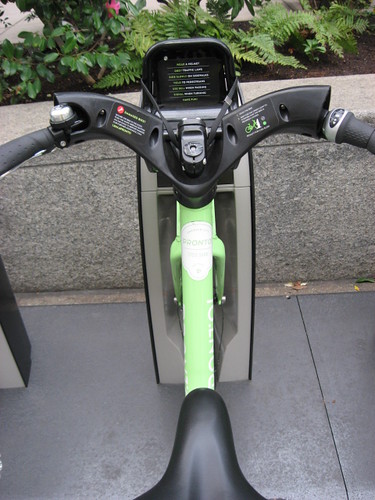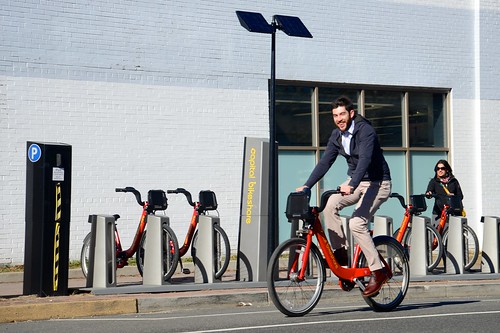Main Author: Smith, Dan.
Language(s): English
Published: Springfield, Va. : distributed by National Technical Information Service, U.S. Dept. of Commerce, 1974.
Subjects: Cycling.
Cycling > United States.
Bicycle trails.
Note: DeLeuw, Cather and Company, performing organization.
Physical Description: v, 97 p. : ill. ; 28 cm.
Available as a public domain government funded document from HathiTrust - https://catalog.hathitrust.org/Record/007473274
It sounds to much like today . . .
With this growth in cycling popularity and utilization have come both a demand for good recreational and utility oriented facilities on which to ride and a concern for the increase in bike involved accidents. The concern for accidents appears well founded despite the fact that only the gross numbers of accidents occurring are known with a reasonable level of accuracy. Very little is known about accident rates associated with the gross numbers. Despite this lack of accident rate information, the following national statistics are significant. In l962, some 570 cyclists were killed and 30,000 injured in bicycle - motor vehicle accidents. By l968, the corresponding figures had grown to 800 killed and 38,000 injured. The National Safety Council's statistics for l972 show l00,000 bicycle - motor vehicle accidents and l,l00 fatalities.
As a result of the growing concern on the part of both the public and public officials at all levels, the past several years have been marked by a veritable blizzard of bicycle safety studies, studies for development of bikeway design and locational criteria, cyclist safety education programs, and provision of physical facilities for bicycles. But the sudden rise in activity and the demand for programs and facilities found planners and designers unprepared and uncertain as to means of responding to these demands. As a result, programs have been planned on the basis of intuitive judgment, what knowledge could be gleaned from European literature on the subject, and trial and error. The result of the past four or five years independent activities undertaken in state jurisdictions across the country has been a broad range of studies, plans, programs, design manuals and in-use facilities with substantial variance and even conflict in recommended practices. The results of initial use and experiences in various localities are now becoming available and it appears that differences in design practices have significant implication for utility and safety.



